Understanding Context window and Retrieval-Augmented Generation (RAG) in Large Language Models



LLM: Context Window and RAG
In just two years, we have seen the impressive rise of Large Language Models (LLMs) on a massive scale, with releases like ChatGPT. These models have shown incredible capabilities, but they also have a limitation with the context window. If you have ever used an LLM and tried to input a large amount of information, you have likely encountered the “Context Window Mark” issue.
Before we understand more about the context window, lets first quickly understand what tokens are.
Tokens, in the context of language models, are the basic units of text processing. They represent individual words, punctuation marks, or other linguistic elements within a given piece of text.

We have added the sentence: “YourGPT Chatbot is a great tool to automate your customer service with AI. With the No-Code Builder Interface, quickly create and deploy your AI chatbot.” where each word and the punctuation mark are separate tokens, adding up to 35 tokens in total.
Understanding tokens is important because each token consumes a portion of the model’s memory limit, as defined by the context window. This constraint directly impacts how much information the model can process at once. Now that we know about tokens, let’s see the concept of the context window and its impact on LLMs, along with the concept of Retrieval-Augmented Generation (RAG) and the influence of a long context window.

The context window in language models refers to the maximum length of text (measured in tokens) that a model can consider at one time for processing. This limitation affects how much information the model can analyse and respond to in tasks such as translation, answering questions, or generating text.
Context window sizes differ across LLMs; for example, GPT-3.5-turbo-0613 has a context window of 4,096 tokens. Gemini 1.5, on the other hand, expands this to 1 million tokens.
This means that the combined count of input tokens, output tokens and other control tokens cannot exceed 4,096 in the case of GPT-3.5-turbo-0613 and 1 million for Gemini. In simple terms, it imposes a restriction on the amount of instruction you can provide to the system and the maximum tokens allowed for response generation. If this limit is exceeded, an error occurs.
The problem with the context window in large language models is its fixed size, which restricts the amount of text the model can consider at one time. This can make it hard for the model to understand and answer questions that require more context-specific information.
To Fix this Context window issue, the researchers have introduced an approach Called RAG

RAG stands for Retrieval-Augmented Generation. RAG is a hybrid approach to natural language processing that enhances the capabilities of large language models by combining the generative powers of models like GPT, Claude, and Gemini with their information retrieval functionalities. It is a key component of the llm framework and rag architecture.
RAG works by retrieving the relevant documents or data from a large corpus and then using this context information to generate responses to user queries. This method allows the model to produce more accurate, informed, and contextually relevant outputs, especially in cases where the answer needs specific knowledge that is not stored in the model’s training data. The rag retrieval process is a crucial step in the rag model. Read the retrieval augmented generation paper.
There is a debate in the AI community about long context v/s RAG:
Retrieval-Augmented Generation (RAG) is an AI approach that integrates traditional information retrieval methods, like databases, with the advanced features of generative large language models (LLMs). This combination allows the AI to produce text that is more accurate, relevant to your specific requirements by using both external knowledge and its language abilities.
RAG operates in two main phases:
This process allows the LLM to provide more accurate, current, and contextually relevant answers.
RAG offers several advantages:
The vector store plays a crucial role in the retrieval phase of RAG:
The combination of context windows and Retrieval-Augmented Generation (RAG) represents a significant advancement in improving the efficiency of Large Language Models (LLMs). Context windows determine how much information LLMs can handle at once, sometimes limiting their potential. RAG addresses this by incorporating external data, enhancing response accuracy and context relevance.
The AI community continues to discuss long-context models versus RAG. Instead of choosing one over the other, integrating RAG with long-context LLMs is the ideal solution, creating a powerful system capable of efficiently retrieving and processing large-scale information.

Deploy the chatbot in mintues!
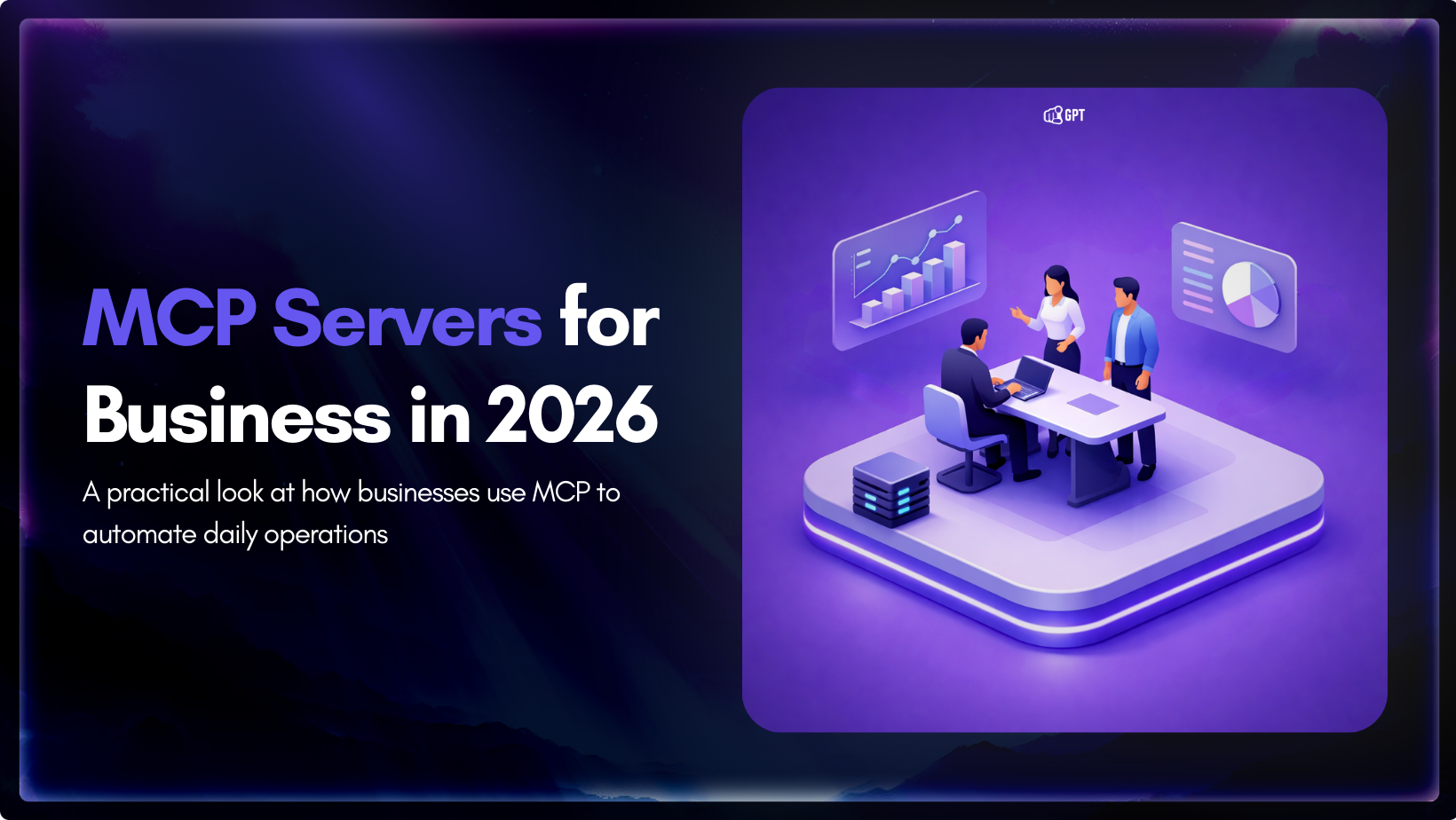
Growth-focused teams move faster when their tools work together instead of competing for attention. Modern development depends on multiple systems to ship code, review changes, monitor services, and access data. Each system serves a purpose, but routine work often means moving between dashboards, scripts, and internal tools. These small transitions shape how consistently a team […]

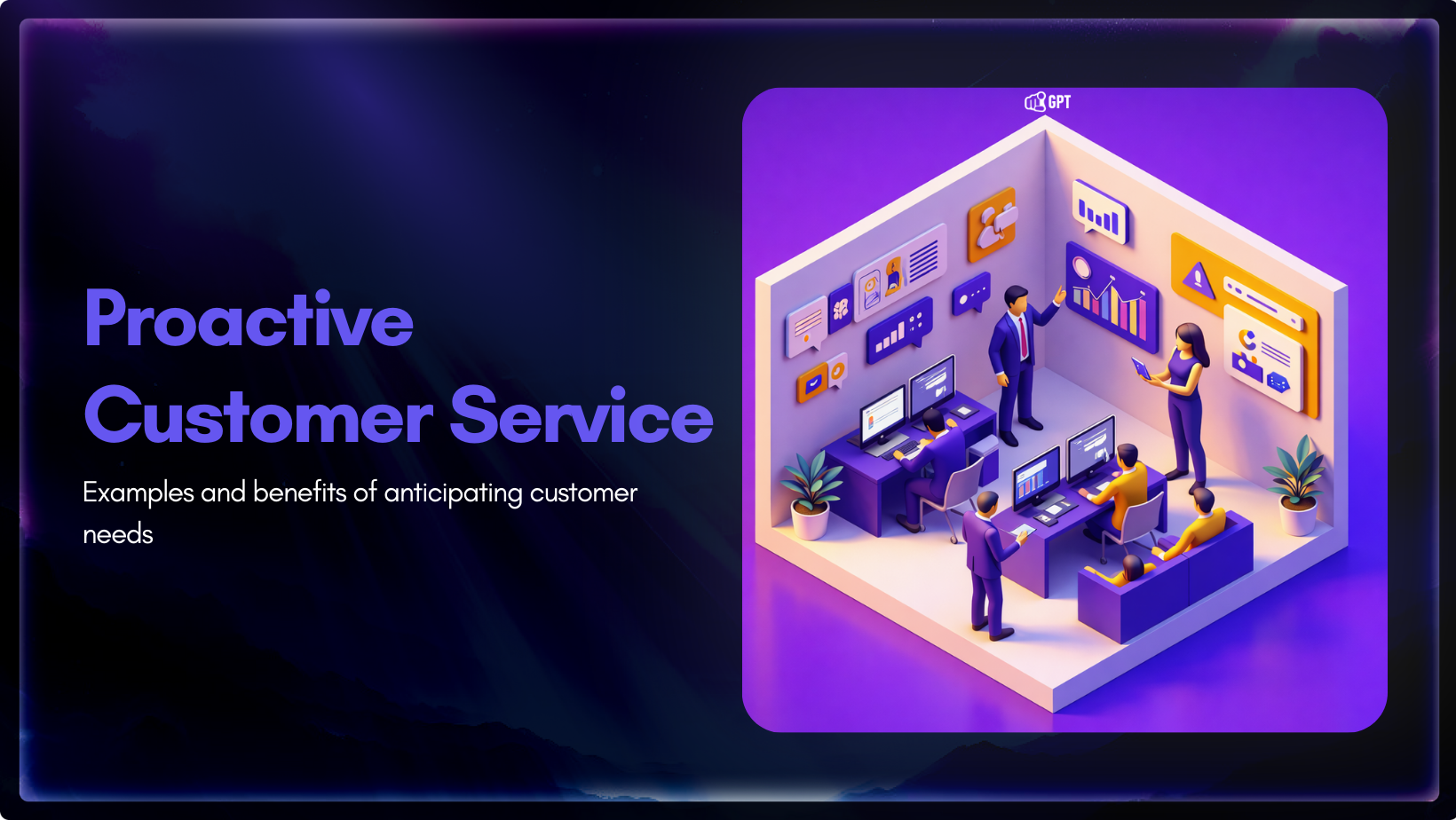
Most customer service moments begin long before a ticket is created. Something feels off. A payment does not go through. A delivery update stops moving. A user gets stuck at the same step and tries again. Customers usually pause, check, retry, and wait before they decide to ask for help. Proactive customer service works inside […]

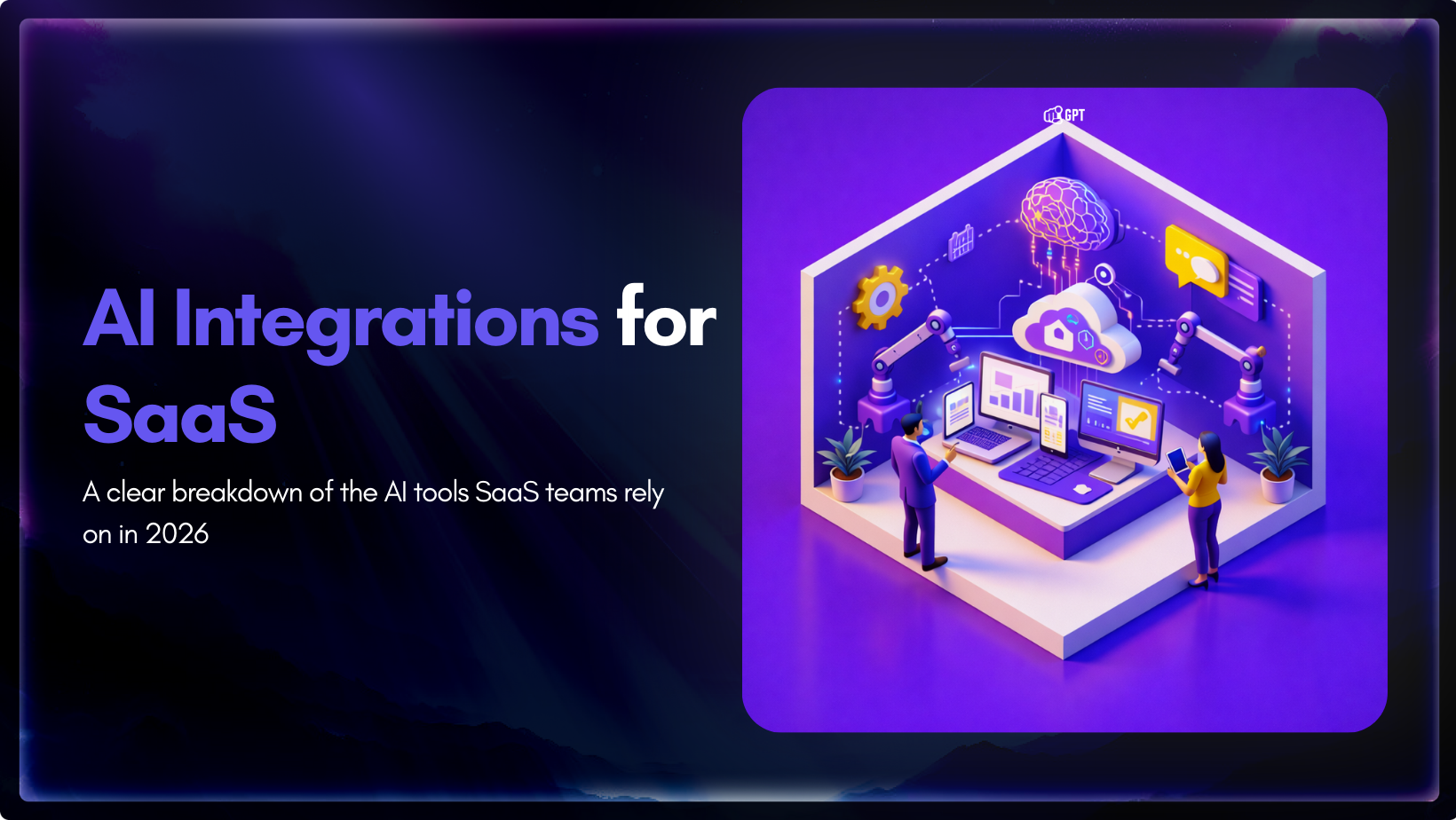
AI has become a core part of how modern SaaS products are built and delivered. In 2026, customers expect intelligent assistance to be available throughout their journey, from onboarding and everyday product usage to support and account management. Inside SaaS teams, AI is increasingly used to speed up workflows, reduce repetitive tasks, and improve how […]

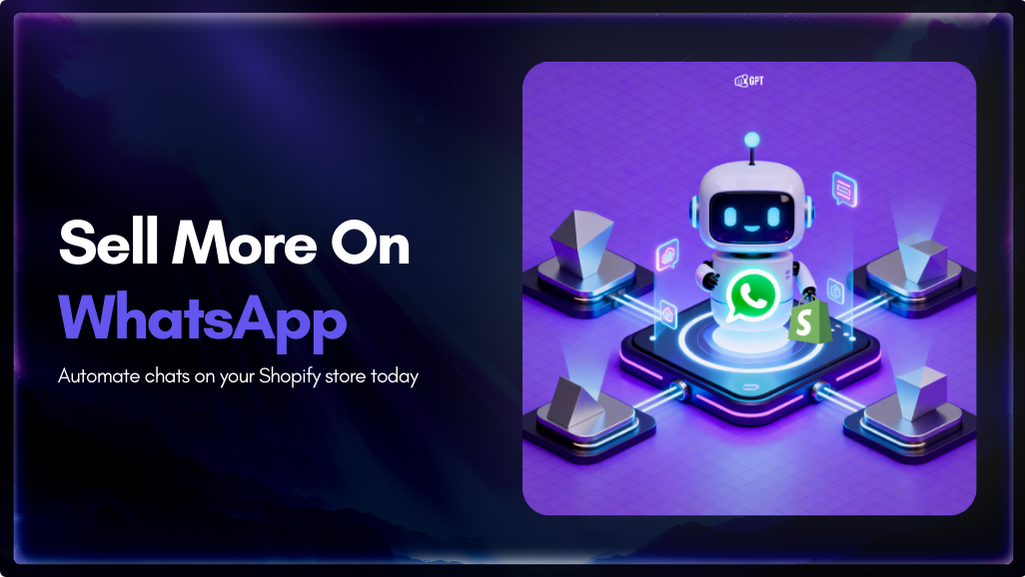
Shopify stores often use a chatbot on their website to handle product questions, order updates, and support. But customers also message on WhatsApp expecting the same quick answers. Most of them already use WhatsApp throughout the day, so reaching out there feels natural. A chatbot that works across both channels responds in seconds, guides purchase […]


Most businesses do not struggle to generate leads. They struggle to know which ones are worth acting on. Forms get filled, DMs arrive, emails are opened, and chats happen across multiple tools. Some prospects convert. Most do not. The real problem is that there is no reliable way to tell, early enough, which signals actually […]

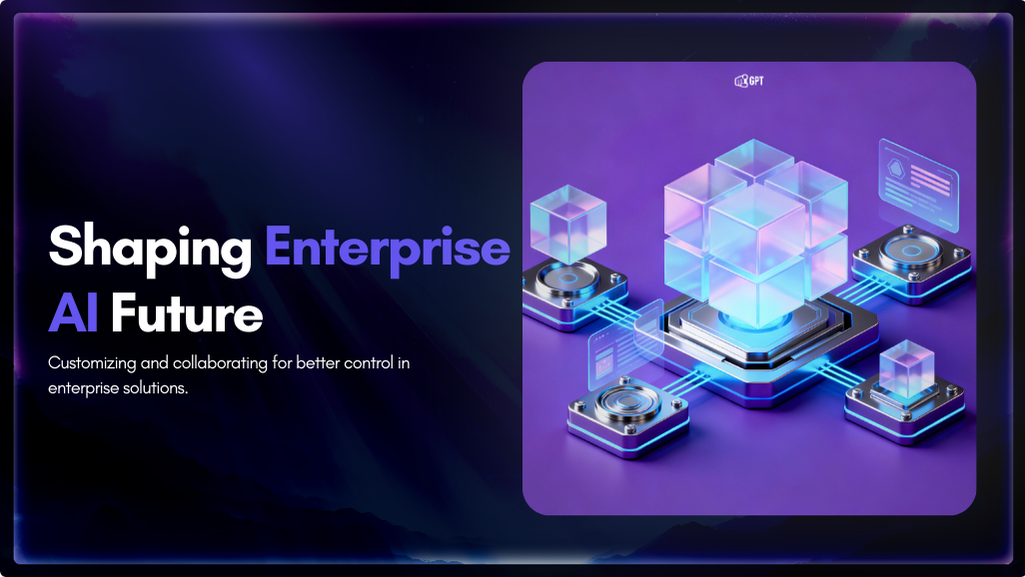
Artificial Intelligence has advanced quickly over the past five years, moving from an experiment to a standard component of modern business. AI has become a central part of enterprise strategy. 88% of organizations are now using AI. This figure has increased from 78% the year before. This transformation is reshaping how companies run, communicate, and […]
